Peloton has peaked and troughed, wild swimming has made its splash – and now, it seems, it’s padel’s turn for the prime spot. Said to be the world’s fastest-growing racket sport, the game – a hybrid of tennis and squash, with a dash of ping pong – is fun and sociable (it’s played in doubles) and has been adopted by around 25 million people worldwide. Easy to get good at quite quickly, it’s also apparently the ‘new golf’ among retired footballers – David Beckham is a fan.
‘Padel has become an obsession in the shires… a padel court is the latest must-have in country houses’
Across the UK, any sports club worth its salt is putting in a padel court – from London’s Queen’s Club, Harbour Club and the Hurlingham to the newly opened The Club by Bamford, part of the Daylesford estate in the Cotswolds. And according to the experts, padel courts have also become a smash hit in the property market. Buying agent Harry Gladwin, of the Buying Solution, plays on the estates of friends. He says: ‘Padel has become an obsession in the shires. A padel court is 2023’s natural swimming pool – the latest must-have in country houses.’
Some home-owners are converting agricultural outbuildings to create an ‘all weather’ option, while others are building their own courts because local facilities are oversubscribed, explains Neil Percival, director of UK Padel (which offers building tips). ‘Although some tennis clubs are switching to padel – and building two or three padel courts on one tennis court – the fact is there’s a big shortage of public courts and some people just want to play when it suits them,’ he says.
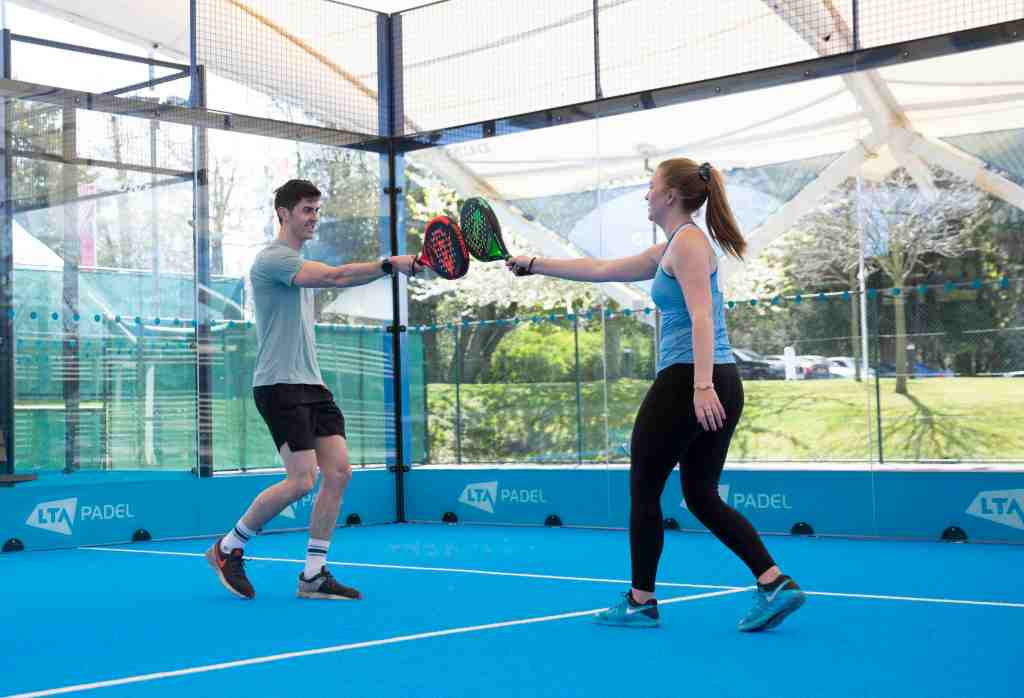
There are around 90,000 players in the UK, according to the Lawn Tennis Association, but only 298 public courts. ‘The UK needs at least 400,’ says Percival. To put this into perspective, the International Padel Federation reports that Italy has more than 5,000 courts, Sweden nearly 4,000 and Belgium in excess of 1,000.
The Argentinian footballer Lionel Messi is among those who have built a court at home. The story goes that padel was exported to his home country by a millionaire who had played it at the Marbella Club, whose founder had in turn discovered it in Mexico, where the first ever padel court was built in 1969.
But has the time come to build one in the garden? You need planning permission and a space of 20x10m. ‘They don’t take up as much room as a tennis court but you do need to beware that all that thwacking of balls against the walls is noisy,’ says Richard Winter, a buying agent in Surrey. ‘I know of half a dozen private courts in the London/Surrey area.’
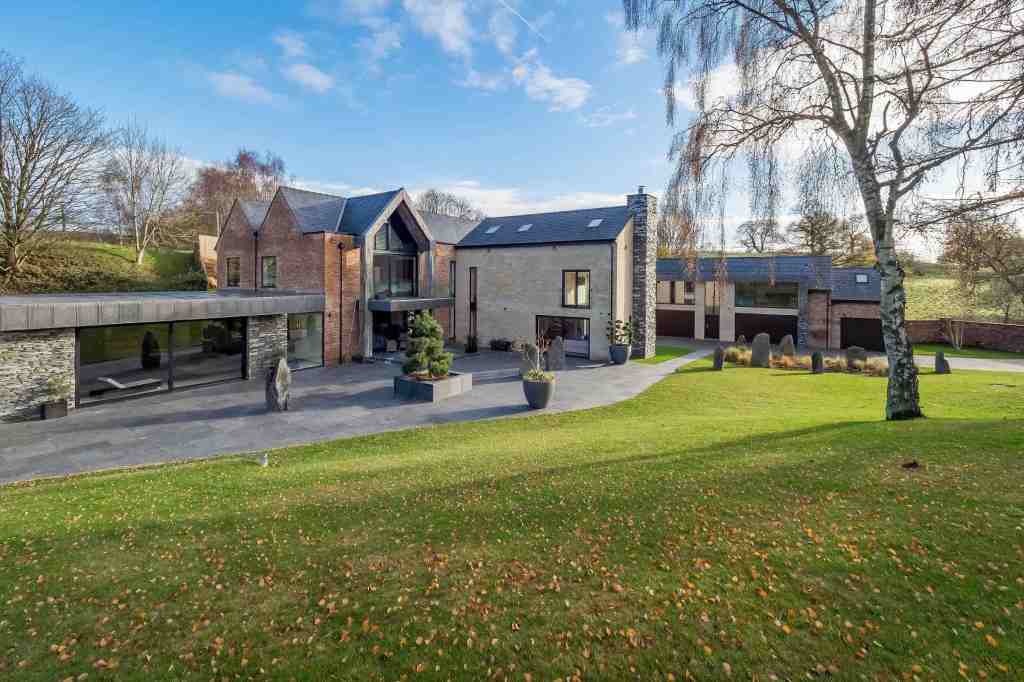
Crispin Harris, of Jackson-Stops estate agent in Alderley Edge, says he has buyers asking for a padel court or the space to build one. ‘In Cheshire, it’s become part of the area’s social kudos, as a way to create social ties with people – those that have a padel court are very popular.’ The agency is selling a seven-bedroom property in Over Alderley with a padel court for £5.5 million.
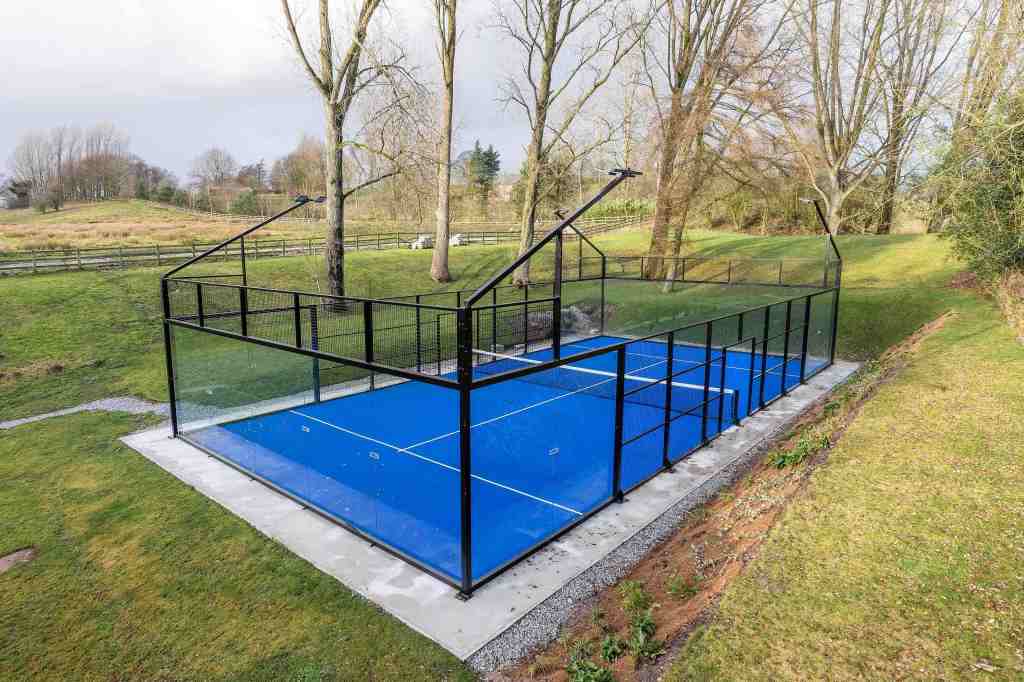
Among the people bringing padel courts to private homes is James Sandwich of Padel Plus, a company that has adapted the canopies over Spanish padel courts to suit the British climate. ‘Wet padel isn’t fun. We’ve created a steel and polycarbonate version to withstand snow, wind and rain,’ he says.
He’s currently building three on an unused tennis court at a home in Cornwall, and another from scratch in a garden in East Sussex. He says the basic court with toughened glass and mesh walls costs £26,000 to £28,000, and takes three or four days to build, but the groundworks cost around the same again, plus VAT. ‘It’s quite an indulgence,’ he agrees, but says that building a standard tennis court now costs ‘around £100,000’.
If you want to build a padel court in an outbuilding you’ll need a ceiling height that allows 8.5m clearance above the head – but adapting such a structure will attract business rates, unlike outdoor sporting infrastructure. Finding a friend with one at their house is much easier; one of the many padel networks that involve rotating around private homes is the Jesters Club.
Or you might even team up with the neighbours, following the example of Neil Morgan of JetPadel in Thame in Oxfordshire. With the help of Spanish members of the Stratford Padel Club he had a court built in an empty field belonging to his next-door neighbour – whose family was also keen on padel – in 2020.
‘The groundworks cost £50,000 – you need a good drainage system. If you already have a tennis court with that, it can be less expensive [to adapt],’ he says. ‘But it’s brilliant and gets lots of use. Planning permission doesn’t allow us to operate it commercially, but we let anyone try it out.’
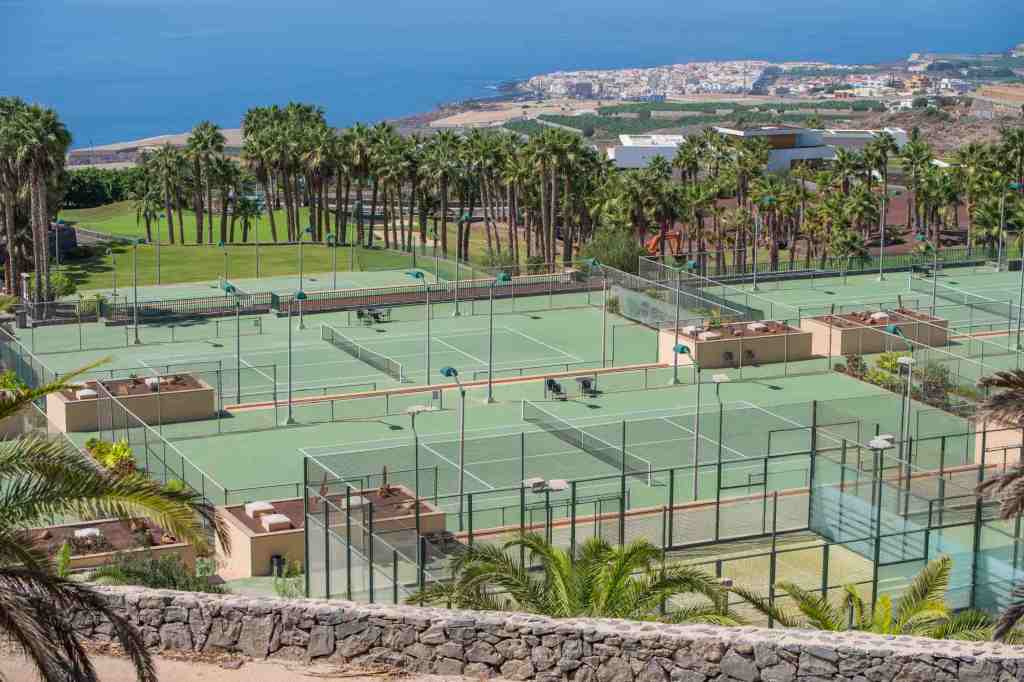
If you want to paddle before you padel, some second-home owners are installing padel courts at their Spanish holiday properties – or you can buy on a resort that already offers them. At Abama on the west coast of Tenerife, two-bedroom apartments with private terrace and garden cost from €876,000 – or you can book into the hotel resort and take advantage of the padel and tennis facilities. In the Maldives, meanwhile, the resort of Soneva Jani opened padel courts late last year. Two-bedroom island villas with a private pool are for sale from $3.9 million.
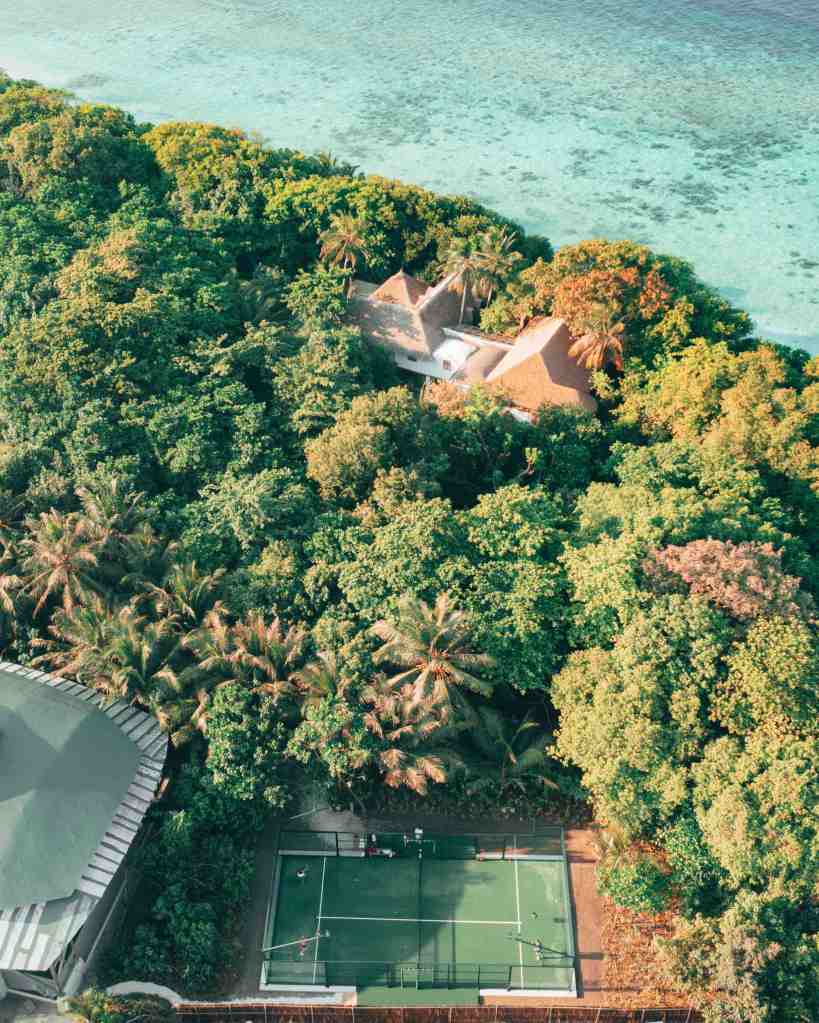
Just want to play close to home? The LTA has a 15-year roadmap to increase the growth and investment in padel across the UK – working with leisure operators and trusts to build padel tennis into their facilities. Or might you try pickleball? Massive in the United States, this game of paddles and hollow plastic balls involves a lower skill threshold and even smaller courts. Watch this space.






Comments